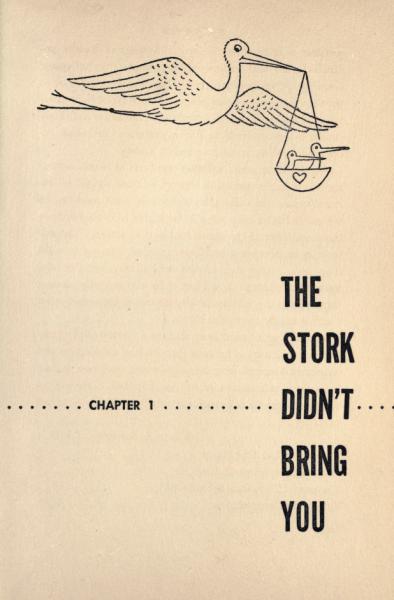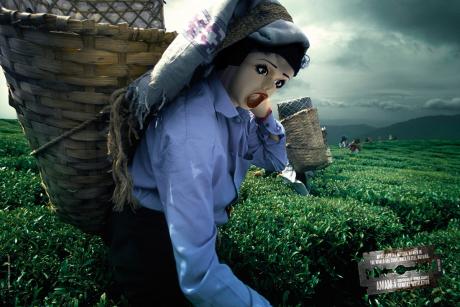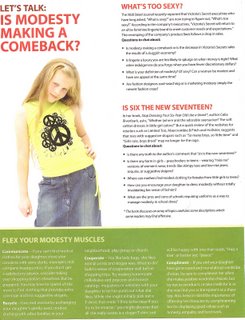Mary McC. of This Book Is for You draws our attention to a link to the full text of a book called “The Stork Didn’t Bring You.”
The book, written for adolescents in 1948 by Lois Pemberton, is surprisingly thorough! But, as Mary said, has plenty of “cringe-worthy” parts, including this tidbit from the chapter Trouble, Trouble, Trouble:
A triple-header of shocks awaits the eager beavers who insist on turning deaf ears to all adult warnings. They’ll awake to one or all three one black morn, in exchange for the few fleeting moments of stolen experiences… You know them already: an illegitimate child; an abortion; or a social disease (p. 158).
Thanks Mary!









